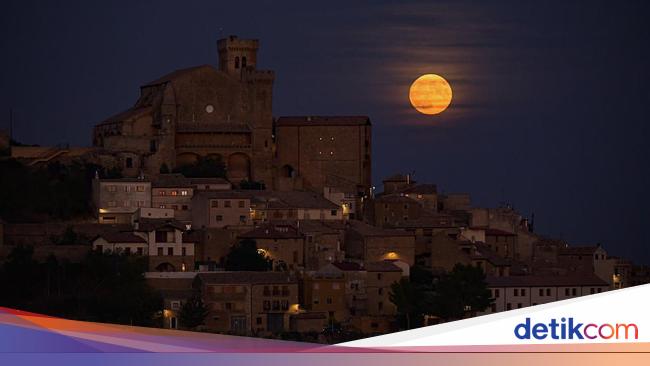It’s a question that led three friends to rethink what pepper tastes like and to launch their single-origin brand.
Over a meal of a pepper steak, three Melbourne friends started to wonder why attention is paid to almost every key ingredient – cuts of meat, whether butter is organic or cultured, and the type of salt used – yet not pepper, even though it’s often the last flourish added to many a dish.
Royce Akers, Josh Gardiner and Myki Slonim pondered that subject long after their meal, and consulted friends and chefs. They, too, didn’t know the answer, and nor could they pinpoint a great pepper brand.
“We’ll happily talk about flake versus fine [salt], or cold-pressed versus extra virgin [oil], but to lots of people, pepper is just pepper,” Akers says. “I think most of us love what pepper does to food but don’t often think about what it tastes like.”

But this trio did – earnestly. And they discovered that many of the black condiments lacked a peppery punch or had inconsistent grains, that most brands didn’t list where the pepper was grown or from which producers it hailed, and they found that most peppers are generally “mixed together into a melange of dusty mediocrity”.
“It’s wild how much variation there is,” Slonim says. “Some are citrusy, some earthy, some with real heat. Once you notice that, it’s hard to go back to the generic stuff.”
The trio reckons the solution to great pepper is a single source. “Like coffee, olive oil and cacao, pepper carries the fingerprint of where it’s grown. It’s a fruit, after all, and its flavour is shaped by temperature, rainfall, soil and the way it’s harvested and processed. When you taste pepper with a strong sense of place, in this case the beautiful Memot region of Cambodia, it’s a whole different experience.
“We celebrate the terroir of San Marzano tomatoes and Madagascan vanilla. Pepper deserves the same respect,” Akers says.

The research led them to launch Pep in late 2024 – a premium single-origin black pepper sourced from eastern Cambodia, specifically in Memot, a four-hour drive east of the capital, Phnom Penh.
The country’s best known pepper-growing region is seven hours away from Memot, in Kampo, “which grows what a lot of people call the champagne of pepper”, says Gardiner, who adds that Memot holds its own. “The soil there is this rich red volcanic stuff, the weather’s hot and humid all year. It’s perfect for growing punchy, aromatic peppercorns.”
Pep’s pepper is complex, gloriously aromatic and earthy. It has also caught the attention of some restaurants: Melbourne’s Embla, Hope St Radio and Residence at the Potter Museum, and Continental Deli Bar Bistro in Sydney. Chefs Danielle Alvarez, Rosheen Kaul, Raph Rashid, Mitch Orr and Analiese Gregory are also fans.

Pep, which is sold from a number of Aussie specialty grocers around the country, comes in a grinder and refill packs. Pep also just launched a fragrance called Pepfume, made with black pepper oil. What does it smell like? It’s got hints of pepper, of course.
Some other interesting peppers to buy
Global pepper
Aussie spice pioneer Herbie’s Spices sells a number of peppers, including two centre-long pepper spikes from Indonesia, super grade white peppercorns harvested in India and, for the connoisseur, the impressive Pepperer’s Guild Spice Kit, featuring 12 varieties, for $125.
Australian-grown pepper
Donna Campagnolo is behind L & L Pepperfarms. Based in Silkwood, in tropical North Queensland, she hand-tends, harvests and sun-dries her robust pepper. Aussie Pepper sells Campagnolo’s pepper, too.
Wild native mountain pepper
The sweet profile of Tasmanian mountain pepper is an alternative to black pepper. It’s also much punchier and presents a herbal profile. Tasmanian Pepper Co has 3500 native trees. It sells peppercorns and leaf and sells them ground, including the leaf, and mixed with salt.
The best recipes from Australia's leading chefs straight to your inbox.
Sarah Norris – Sarah is Head of Good Food and a former national editor at Broadsheet.



















































